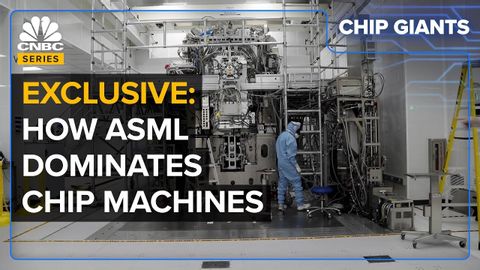Why The World Relies On ASML For Machines That Print Chips
王杰 が 2022 年 03 月 27 日 に投稿  この条件に一致する単語はありません
この条件に一致する単語はありませんUS /ɪkˈstrɔ:rdəneri/
・
UK /ɪkˈstrɔ:dnri/
US /ɪnˈkrɛdəblɪ/
・
UK /ɪnˈkredəbli/
- adv.信じられないことに;信じられないほど;信じられないほど;驚くほど
US /ˈkrɪtɪkəl/
・
UK /ˈkrɪtɪkl/
- adj.批判的な;重大な;批評の;批判的な;重篤な
US /ɪkˈstrim/
・
UK /ɪk'stri:m/
- adj.(程度が)最も高い : 極度の;極端な;強烈な;極端な
- n.(物事の)極端 : 極致;極限;極端な手段
エネルギーを使用
すべての単語を解除
発音・解説・フィルター機能を解除

